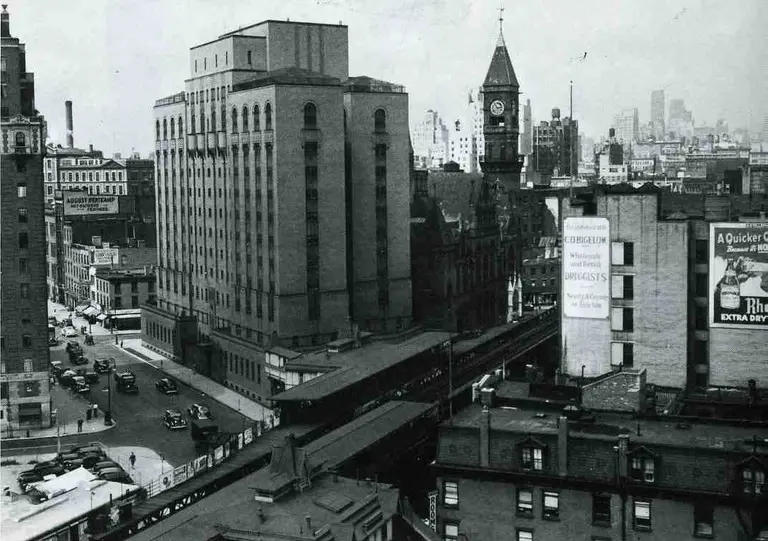April 7, 2017
6sqft’s ongoing series The Urban Lens invites photographers to share work exploring a theme or a place within New York City. This week’s installment comes courtesy of a new exhibit at the Transit Museum, "Deconstruction of the Third Avenue El: Photographs by Sid Kaplan." Are you a photographer who’d like to see your work featured on The Urban Lens? Get in touch with us at
[email protected].
After the city consolidated its underground subway lines in 1942 (they were previously owned by private companies), fewer New Yorkers were riding the elevated lines. This decreased ridership, along with the fact that the Els ate up valuable street-level real estate and created dangerous dark spaces, led to the city taking down the Second Avenue Elevated line in 1942. In 1955, the Third Avenue Elevated came down as well, catching the eye of a then 17-year-old Sid Kaplan, whose photos of the dismantling are currently on display at the Transit Museum’s Grand Central Gallery Annex. The museum tells us, "From his perch on the roof of an apartment building, or leaning out the window of an office, his images capture a unique perspective of the removal of a hulking steel structure, the hard-working people who dismantled it, and the ever-changing landscape of New York City."
More on the El history, Sid's work, and all the amazing photos




